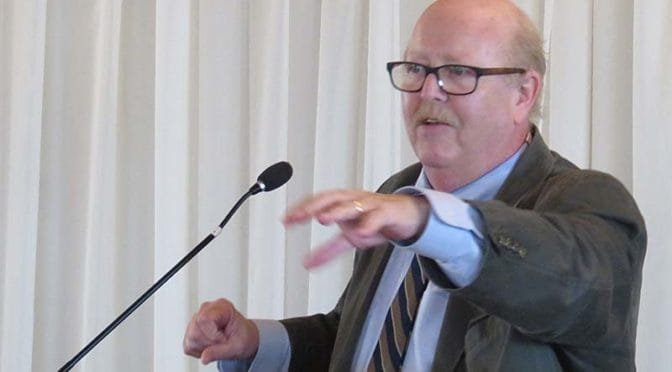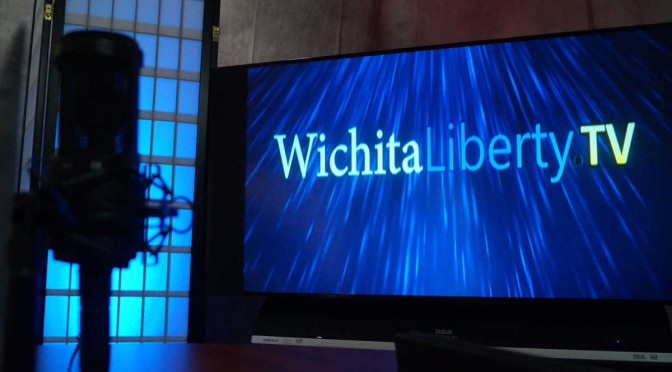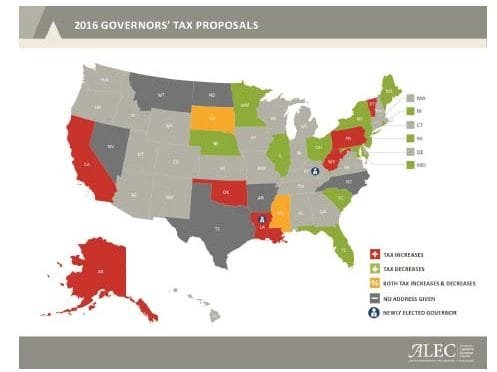The depreciation expense of Intrust Bank Arena in downtown Wichita recognizes and accounts for the sacrifices of the people of Sedgwick County and its visitors to pay for the arena.
The true state of the finances of the Intrust Bank Arena in downtown Wichita are not often a subject of public discussion. Arena boosters cite a revenue-sharing arrangement between the county and the arena operator, referring to this as profit or loss. But this arrangement is not an accurate and complete accounting, and hides the true economics of the arena. What’s missing is depreciation expense.
There hasn’t been much talk of the arena’s finances this year. But in February 2015 the Wichita Eagle reported: “The arena’s net income for 2014 came in at $122,853, all of which will go to SMG, the company that operates the facility under contract with the county, Assistant County Manager Ron Holt said Wednesday.” A reading of the minutes for the February 11 meeting of the Sedgwick County Commission finds Holt mentioning depreciation expense not a single time.
 In December 2014, in a look at the first five years of the arena, its manager told the Wichita Eagle this: “‘We know from a financial standpoint, the building has been successful. Every year, it’s always been in the black, and there are a lot of buildings that don’t have that, so it’s a great achievement,’ said A.J. Boleski, the arena’s general manager.”
In December 2014, in a look at the first five years of the arena, its manager told the Wichita Eagle this: “‘We know from a financial standpoint, the building has been successful. Every year, it’s always been in the black, and there are a lot of buildings that don’t have that, so it’s a great achievement,’ said A.J. Boleski, the arena’s general manager.”
I didn’t notice the Eagle opinion page editorializing this year on the release of the arena’s profitability figures. So here’s an example of incomplete editorializing from Rhonda Holman, who opined “Though great news for taxpayers, that oversize check for $255,678 presented to Sedgwick County last week reflected Intrust Bank Arena’s past, specifically the county’s share of 2013 profits.” (Earlier reporting on this topic in the Eagle in 2013 did not mention depreciation expense, either.)
All of these examples are deficient in some way, and contribute only confusion to the search for truthful accounting of the arena’s finances. As shown below, recognizing depreciation expense is vital to understanding profit or loss, and the “net income” referred to above doesn’t include this. In fact, the “net income” cited above isn’t anything that is recognized by standard accounting principles.
The problem with the reporting of Intrust Bank Arena profits
There are at least two ways of looking at the finance of the arena. Most attention is given to the “profit” (or loss) earned by the arena for the county according to an operating agreement between the county and SMG, a company that operates the arena.1
This agreement specifies a revenue sharing mechanism between the county and SMG. For 2105, the accounting method used in this agreement produced a profit of $1,150,206, to be split (not equally) between SMG and the county. The county’s share was $375,103.
While described as “profit” by many, this payment does not represent any sort of “profit” or “earnings” in the usual sense. In fact, the introductory letter that accompanies these calculations warns readers that these are “not intended to be a complete presentation of INTRUST Bank Arena’s financial position and results of operations and are not intended to be a presentation in conformity with accounting principles generally accepted in the United States of America.”2
That bears repeating: This is not a reckoning of profit and loss in any recognized sense. It is simply an agreement between Sedgwick County and SMG as to how SMG is to be paid, and how the county participates.
A much better reckoning of the economics of the Intrust Bank Arena can be found in the 2015 Comprehensive Annual Financial Report for Sedgwick County.3 This document holds additional information about the finances of the Intrust Bank Arena. The CAFR, as described by the county, “… is a review of what occurred financially last year. In that respect, it is a report card of our ability to manage our financial resources.”
Regarding the arena, the CAFR states:
The Arena Fund represents the activity of the INTRUST Bank Arena. The facility is operated by a private company; the county incurs expenses only for certain capital improvements or major repairs and depreciation, and receives as revenue only a share of profits earned by the operator, if any, and naming rights fees. The Arena Fund had an operating loss of $4.1 million. The loss can be attributed to $4.4 million in depreciation expense.
Financial statements in the same document show that $4,443,603 was charged for depreciation in 2015, bringing accumulated depreciation to a total of $30,791,307.
Depreciation expense is not something that is paid out in cash. Sedgwick County didn’t write a check for $4,443,603 to pay depreciation expense. Instead, depreciation accounting provides a way to recognize and account for the cost of long-lived assets over their lifespan. It provides a way to recognize opportunity costs, that is, what could be done with our resources if not spent on the arena.
But not many of our public leaders recognize this. In years past, Commissioner Dave Unruh made remarks that show the severe misunderstanding that he and almost everyone labor under regarding the nature of the spending on the arena: “I want to underscore the fact that the citizens of Sedgwick County voted to pay for this facility in advance. And so not having debt service on it is just a huge benefit to our government and to the citizens, so we can go forward without having to having to worry about making those payments and still show positive cash flow. So it’s still a great benefit to our community and I’m still pleased with this report.”
Earlier in this article we saw examples of the Sedgwick County Assistant Manager, the Intrust Bank Arena manager, and several Wichita Eagle writers making the same mistake.

Any honest accounting or reckoning of the performance of Intrust Bank Arena must take depreciation into account. While Unruh is correct that depreciation expense is not a cash expense that affects cash flow, it is an economic fact that can’t be ignored — except by politicians, apparently. The Wichita Eagle aids in promoting this deception.
We see our governmental and civic leaders telling us that we must “run government like a business.” Without frank and realistic discussion of numbers like these and the economic facts they represent, we make decisions based on incomplete and false information.
—
Notes
- Management Agreement between Sedgwick County and SMG. August 1, 2007. Available here. ↩
- The Operations of INTRUST Bank Arena, as Managed by SMG. December 31, 2015. Available here. ↩
- Sedgwick County. Comprehensive Annual Financial Report of the County of Sedgwick, Kansas for the Year ended December 31, 2015. Available here. ↩

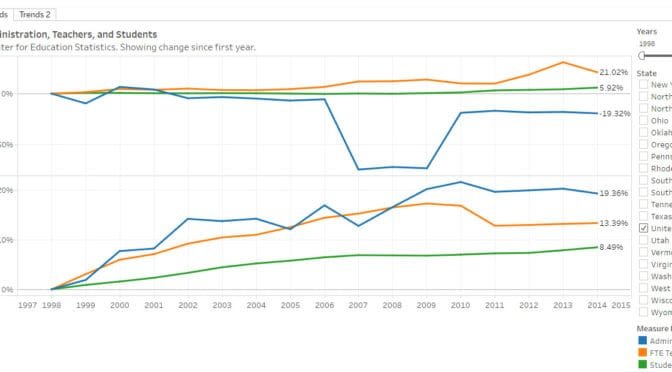


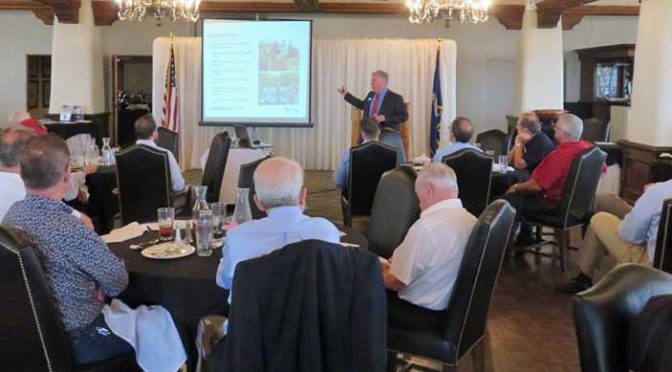
 From the
From the 